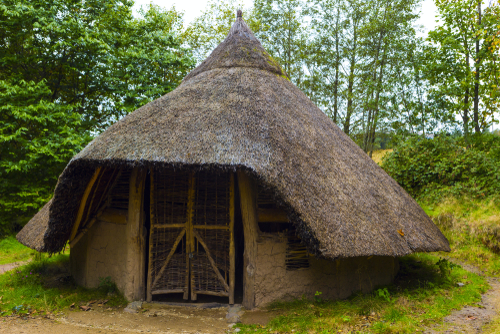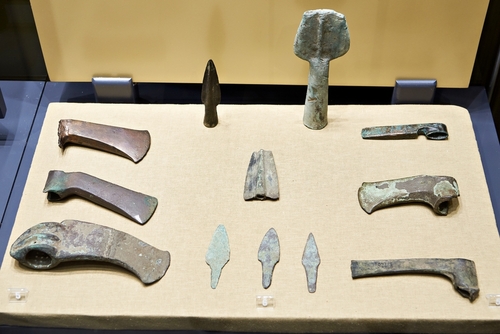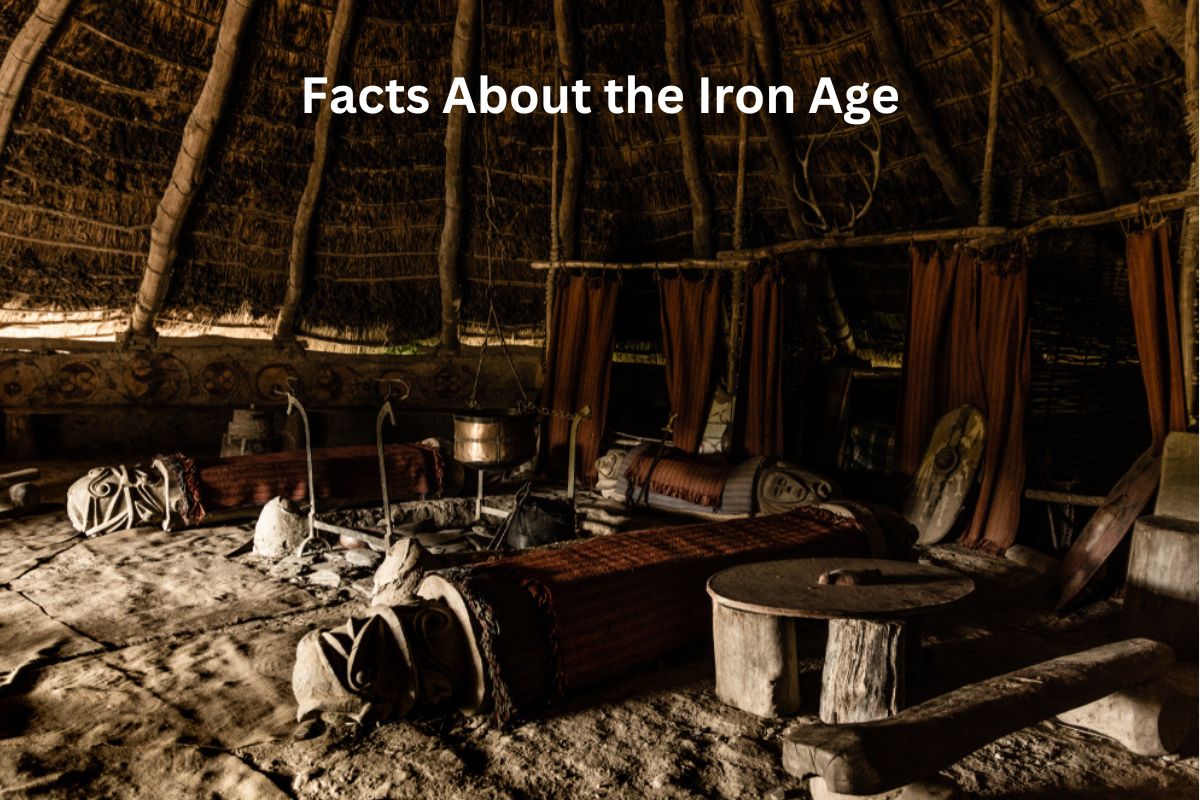The Iron Age, spanning from around 1200 BCE to the start of the Common Era, represents a pivotal period in human history characterized by the widespread use of iron for tools and weapons.
This era marked a significant transition from the preceding Bronze Age and brought about transformative changes in technology, society, and culture.
In this context, we explore some key facts that shed light on the Iron Age’s significance and impact on human civilization.
Iron Age Facts
1. Timeline: Roughly 1200 BCE to the start of the Common Era (CE)
The Iron Age, spanning from approximately 1200 BCE to the beginning of the Common Era (CE), represents a pivotal period in human history.
Also Read: Bronze Age Timeline
It emerged as a successor to the Bronze Age and is characterized by the widespread utilization of iron for various purposes, particularly in tool and weapon production.

2. Transition from the Bronze Age
The transition from the Bronze Age to the Iron Age marked a significant shift in metalworking technologies. During the Bronze Age, societies primarily relied on bronze, an alloy of copper and tin, for their tools, weapons, and other artifacts.
However, as knowledge of iron-working techniques improved, iron began to replace bronze due to its greater abundance and durability.
3. Advancements in iron metallurgy
Iron metallurgy saw significant advancements during the Iron Age. Innovations in smelting and forging techniques allowed for the efficient extraction of iron from ore and its subsequent transformation into tools and weapons.
Also Read: Timeline of the Iron Age
This led to the production of stronger, more versatile, and more accessible metal objects that revolutionized various aspects of daily life, from agriculture to warfare. The mastery of iron-working was a crucial milestone in human technological progress.
4. Spread of ironworking knowledge
One of the remarkable aspects of the Iron Age was the gradual dissemination of ironworking knowledge from its origins in Anatolia, modern-day Turkey, to other regions of the world. This knowledge exchange was facilitated through trade routes, migrations, and cultural interactions.
As different societies acquired the skills and techniques for iron smelting and forging, they adapted and incorporated iron into their own unique cultural practices and technologies. This diffusion of ironworking technology played a pivotal role in the development of civilizations across continents.
5. Prominent ironworking centers
Various regions emerged as prominent ironworking centers during the Iron Age. One notable example is the Hittite civilization in Anatolia, which played a crucial role in the early spread of ironworking techniques.
In Europe, the Celts were known for their mastery of ironworking, producing distinctive weapons and artifacts.
Also Read: Celts Facts
Meanwhile, in West Africa, the Nok culture demonstrated advanced ironworking skills. These centers not only produced essential tools and weapons but also influenced the cultural and artistic expressions of their respective societies.

6. Iron tools and weapons became widespread
The widespread use of iron had profound implications for daily life during the Iron Age. Iron tools, such as plows and axes, significantly increased agricultural productivity.
This boost in food production, in turn, led to population growth and the development of more complex societies. Iron swords and weapons, on the other hand, revolutionized warfare.
They were stronger and more readily available than their bronze counterparts, shaping the strategies and outcomes of conflicts. The adoption of iron tools and weapons had far-reaching economic, social, and political consequences, making it a defining feature of the Iron Age.
7. Agricultural advancements with iron tools
With the introduction of iron tools during the Iron Age, agricultural practices underwent a significant transformation. Iron plows, in particular, became instrumental in cultivating fields more efficiently.
These plows could break through tough soils and prepare the land for planting with greater ease than earlier tools.
As a result, agricultural productivity increased, leading to surpluses of food. This surplus was a crucial factor in supporting growing populations and the development of more complex societies.
8. Social and political changes in societies
The advent of the Iron Age brought about notable changes in the social and political landscapes of many societies. The increased agricultural output, made possible by iron tools, allowed communities to support larger populations.
This population growth often led to the formation of more structured and stratified societies, with emerging elites and rulers.
The control of iron resources and the production of iron tools and weapons also played a role in shaping power dynamics, contributing to the rise of more complex political structures.
9. Cultural developments in art and crafts
Iron Age cultures left behind a rich legacy of art, pottery, and jewelry. As societies prospered with increased agricultural production and better tools, they had more resources and leisure time for artistic expression.
This led to the creation of intricate pottery designs, ornate jewelry, and other artistic forms that reflected the creativity and craftsmanship of the time. These artifacts not only served as functional objects but also as expressions of cultural identity and aesthetic sensibilities.
10. Iron objects could be susceptible to rust
Despite the many advantages of ironworking, there were also some ironies associated with it during the Iron Age. Iron objects, if not properly maintained, were more susceptible to rust and corrosion compared to their bronze counterparts.
This meant that while iron was more abundant and durable in many cases, it also required better care and maintenance to ensure longevity. This challenge prompted societies to develop methods for preserving iron objects, which contributed to further technological advancements in metallurgy and preservation techniques.
